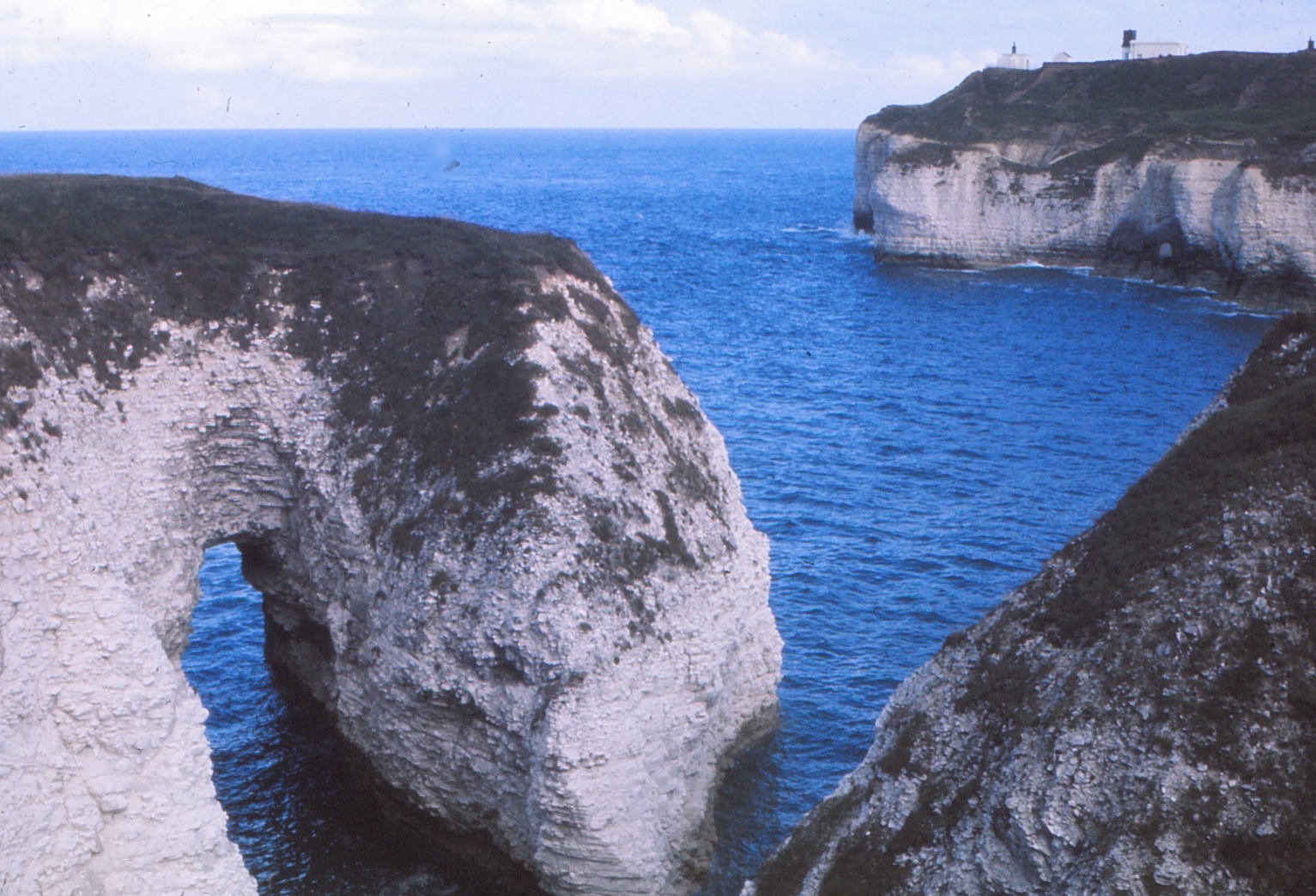The Seas and Climate ChangeTiistai 22.10.2019 klo 15.57 - Mikko Nikinmaa When one talks about climate change, one quite often forgets the 75 % of earth, the seas. The seas hold 50 times the carbon dioxide that the atmosphere has, and has absorbed about 30 % of the heat that has been generated in the past decades. Further, the carbon taken up by organisms is not rapidly released to the atmosphere as happens with terrestrial decomposition, but sinks to the bottom of the sea when the organisms die. It can take thousands of years before the carbon returns to atmosphere. The seas have consequently buffered much of the anthropogenic carbon dioxide production. In fact, the cumulative human emissions starting from the beginning of Industrial Revolution represent only about a percent of the total amount of carbon within the oceans. Thus, we would not have any problem, if all the anthropogenic carbon could be absorbed in the ocean. Unfortunately, more than half of the extra production of carbo As possibilities for removing carbon dioxide with the help of oceanic properties two solutions have been advocated. Both may have undesirable ecological consequences, and should not be used. First, the growth of algae in most parts of oceans is limited by iron availability. Thus, fertilizing the water with iron salts could result in increased algal growth and removal of carbon dioxide by algal photosynthesis. The question here is that the ecosystems have evolved millions of years with low iron availability. What will a marked increase in iron availability do to the organisms in the ecosystem. Second, carbon dioxide could be pumped to deep in the oceans. At high pressures of ocean depths, carbon dioxide would remain as liquid. However, the organisms living in water above the liquid carbon dioxide will encounter hypercapnia to which they are not adapted. Again, the consequences to the ecosystem are unknown. Instead of increasing carbon dioxide removal, one should decrease its production. |
|
Kommentoi kirjoitusta. Avainsanat: carbon dioxide, ocean acdification |

 n dioxide by humans remains in the atmosphere. Further, the changes occurring in the seas decrease its effectiveness in buffering carbon dioxide loads, and the carbon dioxide uptake itself causes ocean acidification with difficult problems for oceanic organisms. Coral bleaching is the event that has received most attention as a result of climate change, but all the animals with calciferous shell (shell composed mainly of calcium carbonate) are increasingly having problems in shell formation as the oceans are cidified. This decreases the removal of carbon from the atmosphere, as dead invertebrates with calcium carbonate shells sink to the bottom of the sea, whereby the carbon is removed from atmospheric circulation for thousands of years. Ocean acidification also causes sensory problems for fish; the ecological consequences of this are not known. Another major problem associated with the seas is that the solubility of garbon dioxide decreases with increasing temperature. Thus, the water in temperate areas can hold much more carbon dioxide than tropical seas – this can be seen as a good feature, as temperate areas have produced most carbon dioxide, which has partially been absorbed by the ocean. However, the problem with climate change is that the sea water temperature increases everywhere, and consequently the ability of water to absorb carbon dioxide decreases. This can speed up temperature increase by increasing the amount of carbon dioxide left in the atmosphere, and cause a vicious circle: temperature increase results in less carbon dioxide contained in the water, consequently temperature increases further and decreases the carbon dioxide holding capacity. Also, the (mainly microscopic) algae of the oceans account for approximately half of the photosynthetic carbon dioxide fixation. The removal of carbon dioxide by algae has decreased by 10-20 % during recent years, probably because of aquatic pollution. This also contributes to climate change, and about as much as the recent changes in forestation.
n dioxide by humans remains in the atmosphere. Further, the changes occurring in the seas decrease its effectiveness in buffering carbon dioxide loads, and the carbon dioxide uptake itself causes ocean acidification with difficult problems for oceanic organisms. Coral bleaching is the event that has received most attention as a result of climate change, but all the animals with calciferous shell (shell composed mainly of calcium carbonate) are increasingly having problems in shell formation as the oceans are cidified. This decreases the removal of carbon from the atmosphere, as dead invertebrates with calcium carbonate shells sink to the bottom of the sea, whereby the carbon is removed from atmospheric circulation for thousands of years. Ocean acidification also causes sensory problems for fish; the ecological consequences of this are not known. Another major problem associated with the seas is that the solubility of garbon dioxide decreases with increasing temperature. Thus, the water in temperate areas can hold much more carbon dioxide than tropical seas – this can be seen as a good feature, as temperate areas have produced most carbon dioxide, which has partially been absorbed by the ocean. However, the problem with climate change is that the sea water temperature increases everywhere, and consequently the ability of water to absorb carbon dioxide decreases. This can speed up temperature increase by increasing the amount of carbon dioxide left in the atmosphere, and cause a vicious circle: temperature increase results in less carbon dioxide contained in the water, consequently temperature increases further and decreases the carbon dioxide holding capacity. Also, the (mainly microscopic) algae of the oceans account for approximately half of the photosynthetic carbon dioxide fixation. The removal of carbon dioxide by algae has decreased by 10-20 % during recent years, probably because of aquatic pollution. This also contributes to climate change, and about as much as the recent changes in forestation.